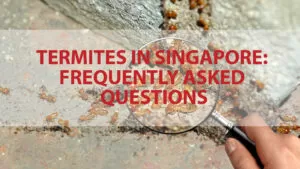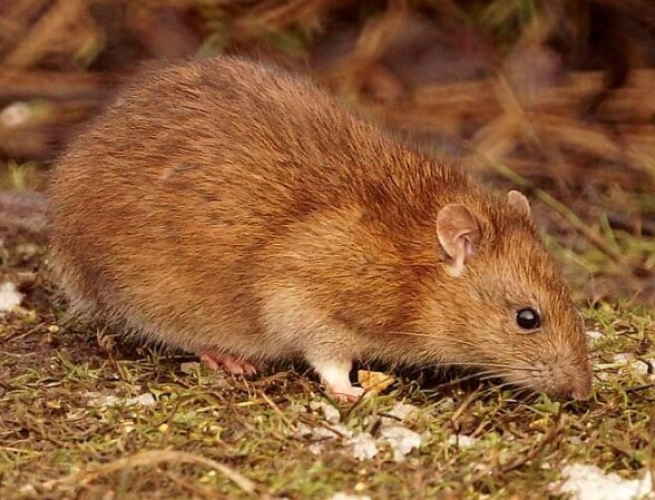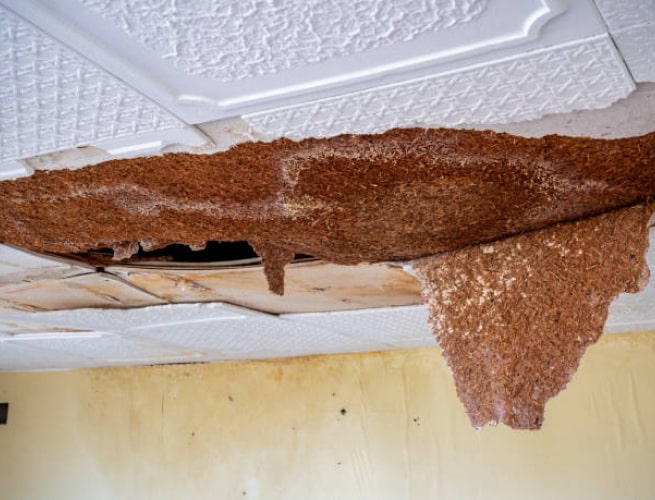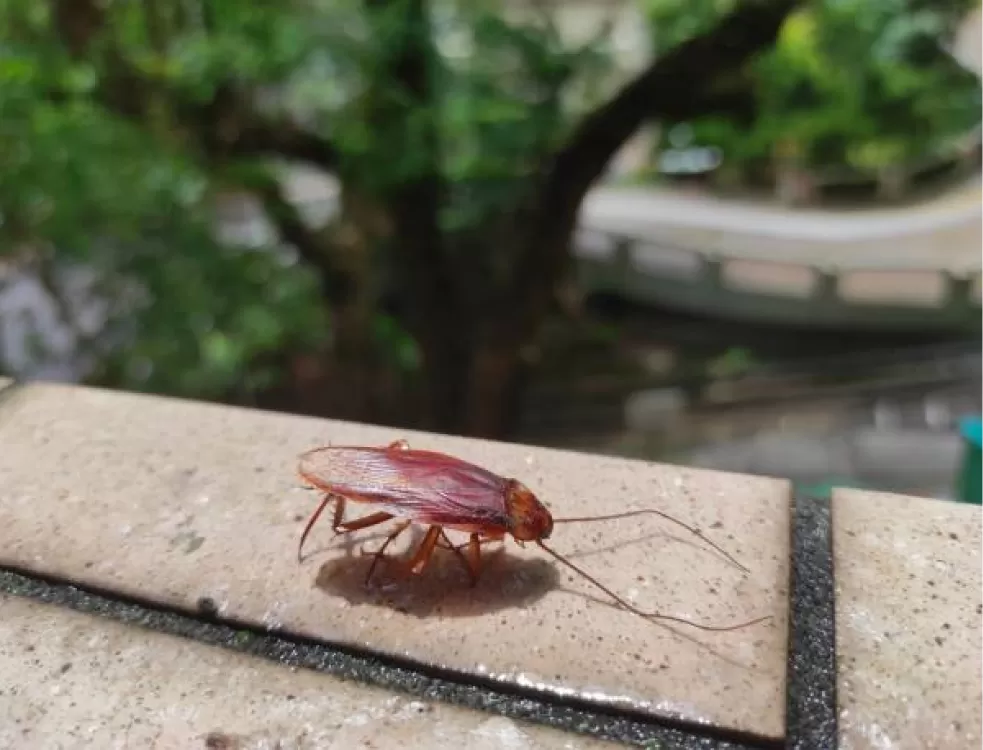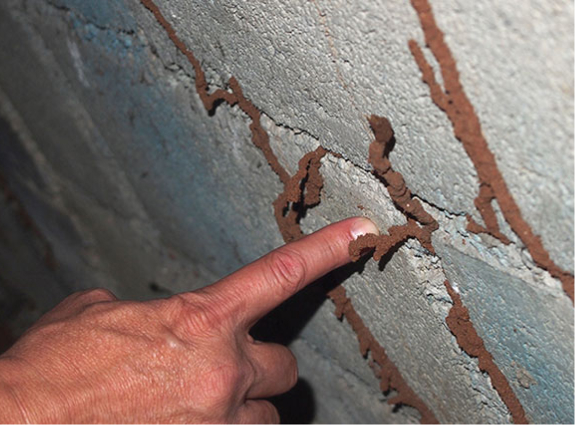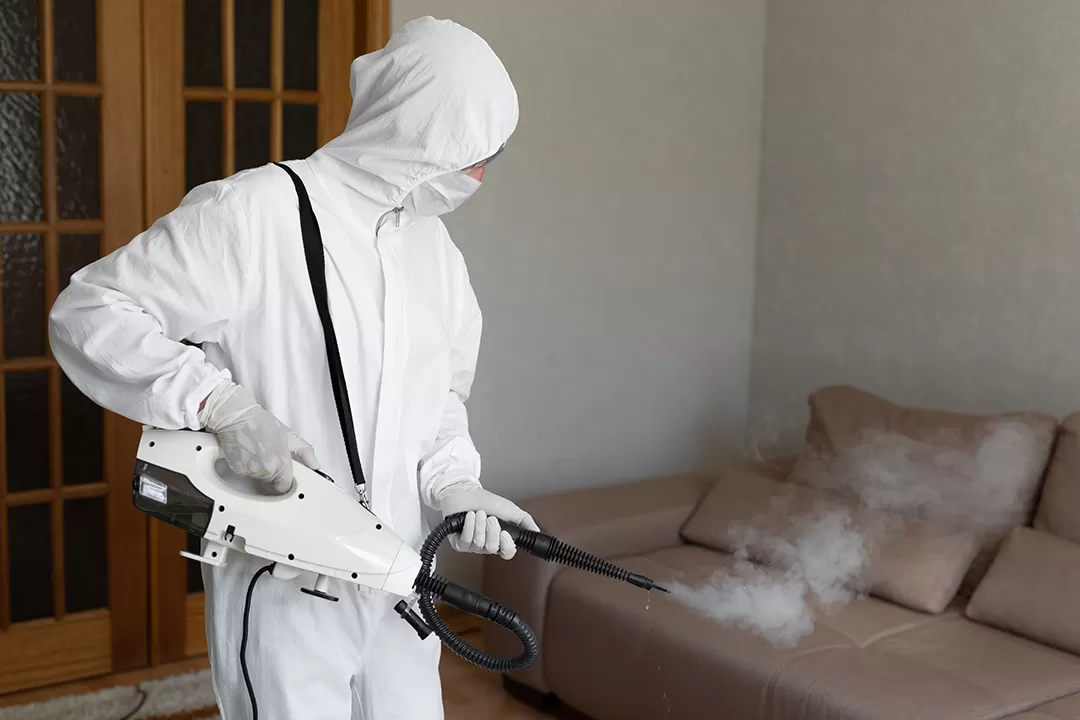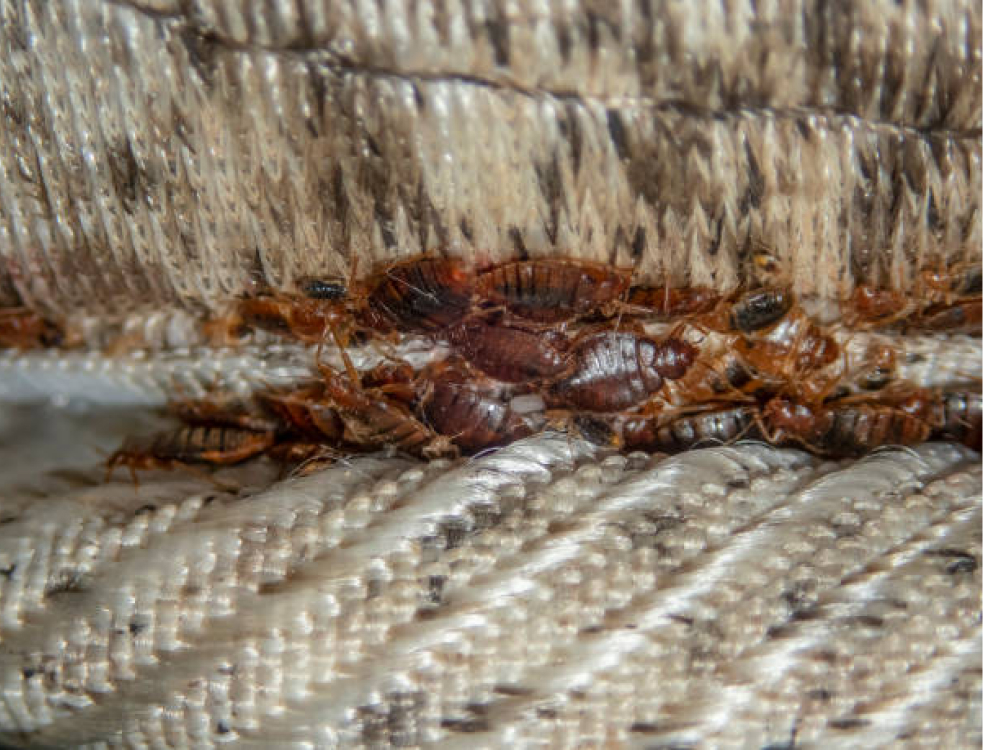Termites are small insects that feed on wood and can cause serious damage to buildings and structures. Many people in Singapore have questions about termites, such as how to identify them, how to prevent them, and how to get rid of them. If you are facing a termite infestation, here are some of the most asked questions about termites in Singapore and some useful answers that might help you.
Frequently Asked Questions About Termites in Singapore
How Do I Know If I Have Termites?
Termites can be hard to spot because they usually live inside wood or underground. Some signs of termite infestation would include the following:
- Mud tubes on walls, floors, ceilings or foundations. These are the tunnels that termites use to travel and protect themselves from predators and dry air.
- Wood damage that looks like honeycomb or maze patterns. Termites feed on wood from the inside out, leaving behind hollowed-out spaces.
- Discarded wings near windows, doors or other entry points. Termites shed their wings after swarming to find a new colony.
- Termite droppings, or frass, that look like small pellets or sawdust. Termites produce these waste materials as they digest wood.
If you notice any of these signs, you should contact a professional pest control service as soon as possible to inspect and treat the infestation. Termites can be hard to detect and eliminate without proper equipment and expertise.
How Do Termites Damage Wood?
Termites are insects that feed on cellulose, the main component of wood. They can cause serious structural damage to wooden buildings, furniture, flooring and other items. Termites damage wood by tunnelling through it and creating hollow spaces inside. They also weaken the wood by breaking the bonds that hold it together. Termites can consume wood from the inside out, leaving only a thin layer of surface wood that may look intact but is in fact hollow and brittle.
Termites can damage wood in different ways depending on the species and the type of wood. Some termites prefer moist and decaying wood, while others can attack dry and sound wood. Some termites can also damage wood that has been treated with chemicals or paint. Termite damage can be hard to detect until it is too late, so it is important to inspect wooden structures regularly and take preventive measures to protect them from termite infestation.
What Attracts Termites to My Home?
Termites are especially attracted to moist, dark, and warm areas where they can find soft or rotting wood. Some of the things that can attract termites to a home include:
- Moisture: Leaky pipes, clogged gutters, poor drainage, and humid spaces can create moisture problems that termites love. Moisture can also cause wood to decay and become more vulnerable to termite attack.
- Mulch and gardens: Mulch is commonly used near homes, in gardens or against the foundation. The wood chips retain moisture and provide food for termites. Gardens can also attract termites if they contain plants that are rich in cellulose, such as grasses, shrubs, and trees.
- Landscaping timbers: Landscaping timbers are often made of untreated wood that can decay and attract termites. They can also create contact between the soil and the wood, which allows termites to access the home more easily.
- Dead trees and stumps: Dead trees and stumps can harbour termite colonies that can spread to nearby structures. They should be removed as early as possible and the soil should be treated with a termite repellent or bait.
- Tree limbs close to the home: Tree limbs that touch or overhang the home can provide a bridge for termites to enter the roof, attic, or walls. They can also damage the roof or siding and create moisture problems. They should be trimmed regularly to maintain a safe distance from the home.
How Can I Prevent Termites?
Termites feed on cellulose, which is found in wood, paper, cardboard and other plant materials. To prevent termites from infesting your home, you need to take some measures to reduce their access to food and shelter. Here are some tips on how to prevent termites:
- Inspect your home regularly for signs of termite activity, such as mud tubes, hollowed wood, discarded wings and droppings. If you notice any of these signs, contact a professional pest control service immediately.
- Keep your home dry and well-ventilated. Termites thrive in moist and humid conditions, so you should fix any leaks, clear any clogged gutters and drains, and ensure adequate ventilation in your crawl spaces, attics and basements.
- Avoid wood-to-soil contact. Termites can easily travel from the soil to the wood, so you should avoid having any wooden parts of your home touching the ground. You can use concrete or metal barriers or treat the wood with termite-resistant chemicals or pressure.
- Remove any potential food sources. Termites can feed on any plant material, so you should keep dead trees, stumps, mulch, newspapers and cardboard away from your home. You should also store these items in sealed containers or on raised platforms.
- Use termite-resistant materials. When building or renovating your home, you can use materials that are less attractive or vulnerable to termites, such as metal, concrete, brick or treated wood. You can also apply termite-proof coatings or paints to your wooden surfaces.
- Turn off outdoor lights at night. Termites are attracted to light, especially flying termites that swarm during certain seasons. You can reduce the chances of attracting termites by turning off your outdoor lights at night or relocating them to recessed areas away from your home.
- Hire a professional pest control service. The best way to prevent termites is to have a regular inspection and treatment by a licensed and experienced pest control company in Singapore. They can apply effective and safe insecticides to your soil and wood and monitor your home for any termite activity.
By following these tips, you can protect your home from termite infestation and save yourself from costly repairs and damages.
How Can I Get Rid of Termites?
If you want to know how to get rid of termites, you should first identify the type of termites that are infesting your home. There are two main types of termites: subterranean and drywood. Subterranean termites live in the soil and build tunnels to access wood sources, while drywood termites live inside the wood itself and do not need contact with the soil.
To get rid of subterranean termites, you need to apply a termite-killing product to the soil around your home’s foundation and the wooden structures that are in contact with the ground. You can also use termite baits that contain a slow-acting poison that termites will carry back to their colony and spread to other members. Additionally, you should inspect your home for any cracks or holes that termites can use to enter and seal them with caulk or putty.
To get rid of drywood termites, you need to expose the infested wood to sunlight, heat, or cold. These methods will kill the termites inside the wood and prevent them from spreading. You can also drill holes into the wood and inject it with a liquid or foam termiticide that will kill the termites on contact. Another option is to use boric acid baits that will act as a stomach poison for the termites and disrupt their metabolism.
Conclusion
While we may be able to provide the answers to your questions about termites in Singapore, getting rid of them can be a challenging and costly task. That’s why it is advisable to consult a professional pest control service if you have a severe or widespread termite infestation. A professional can assess the extent of the damage, identify the type of termites, and apply the most effective and safe treatment for your situation.

